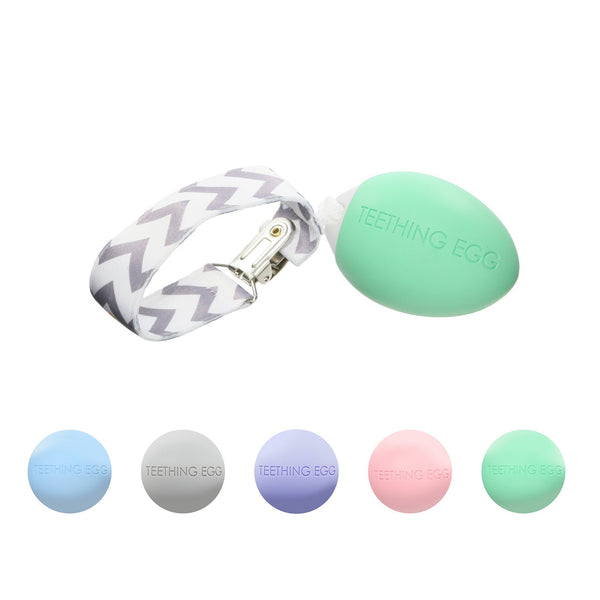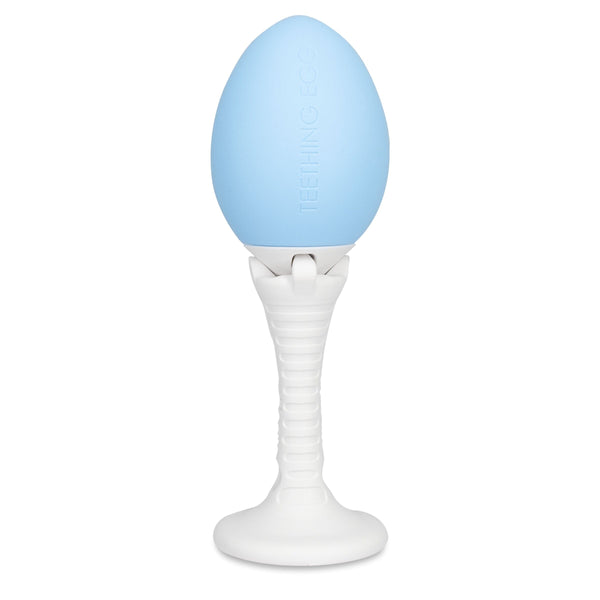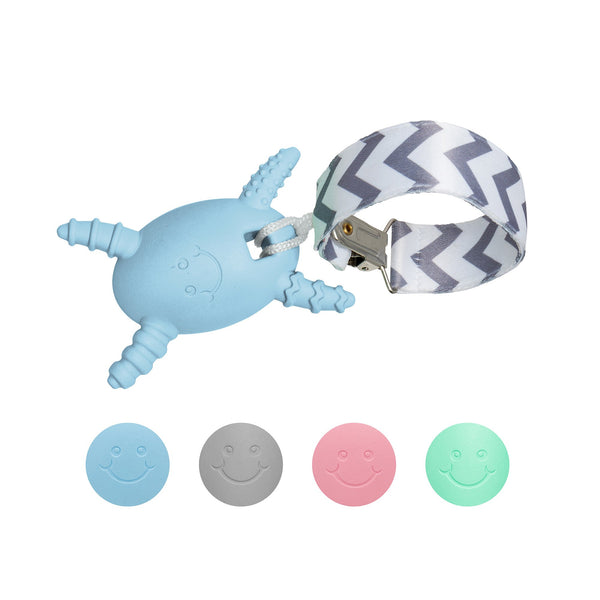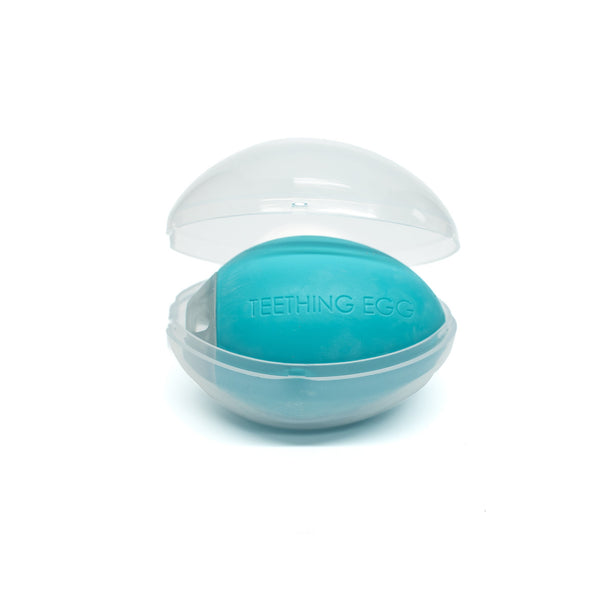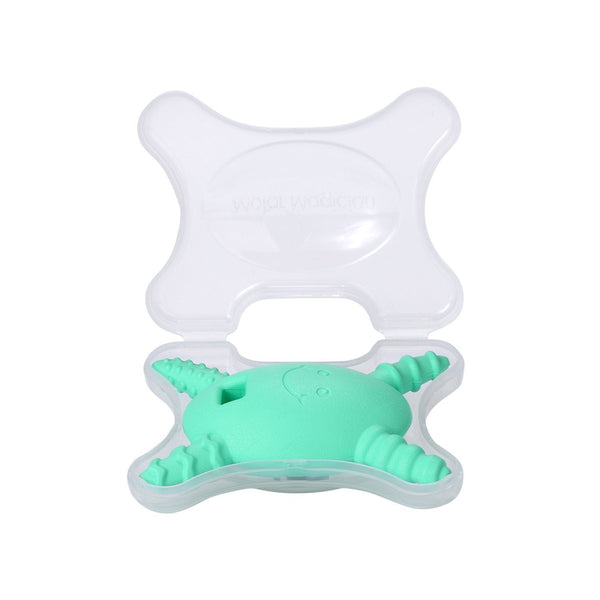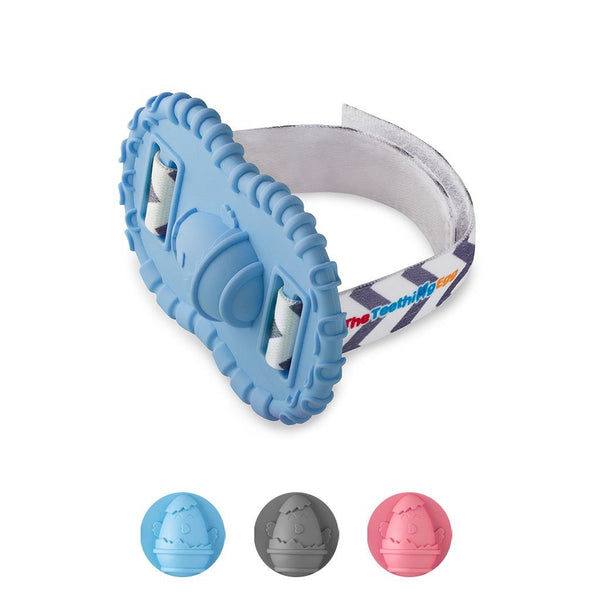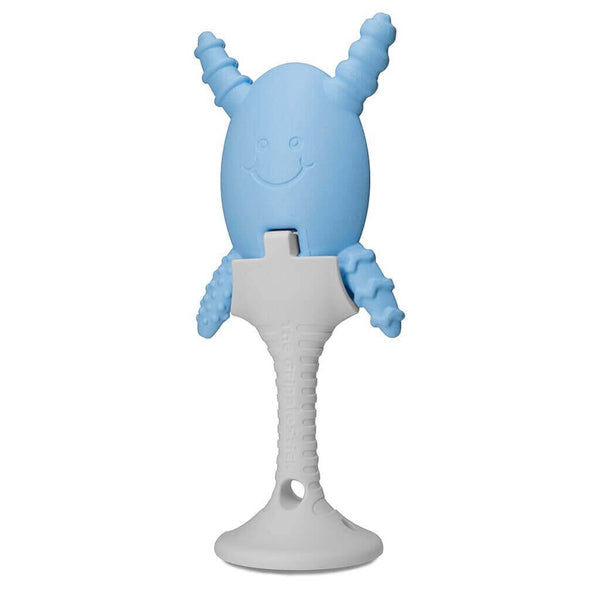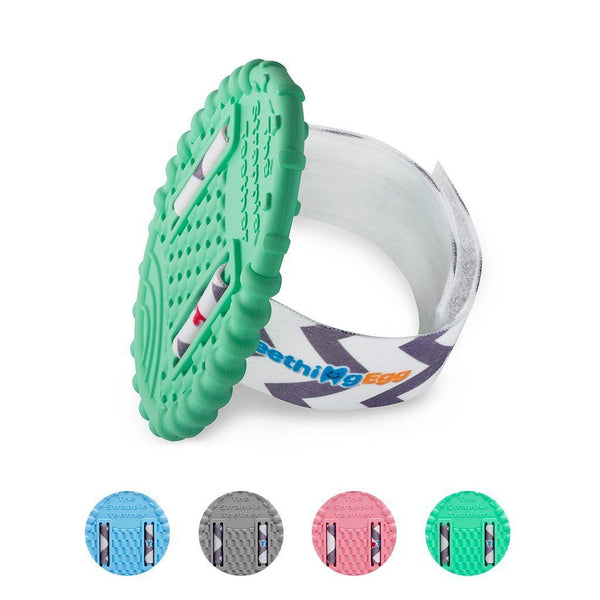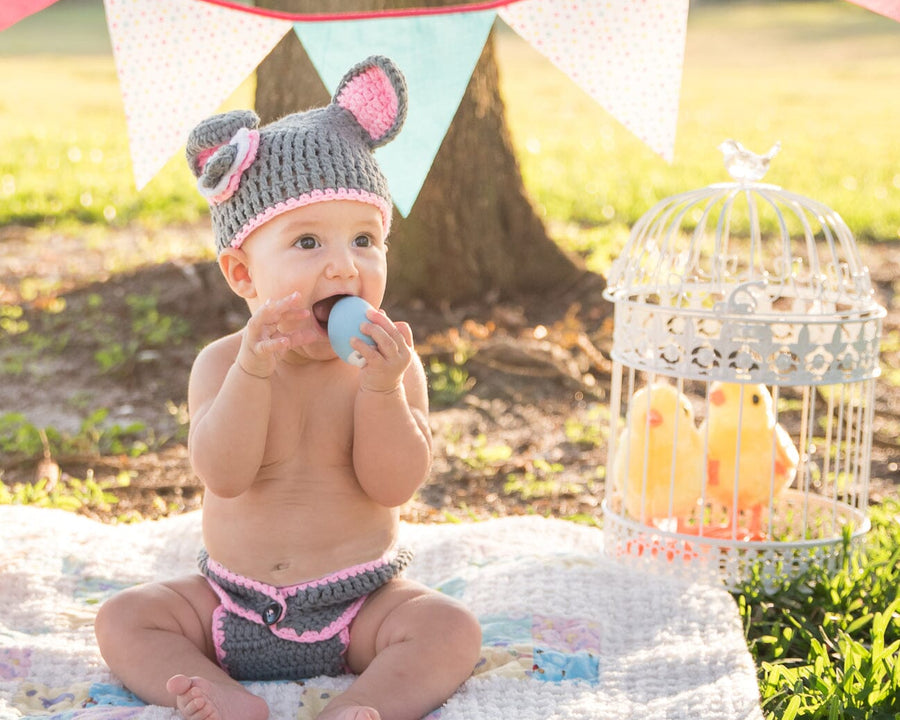Potty training is a significant milestone in a toddler's life, and for parents, it marks a transition from diapers to independence. While every child is unique, potty training boys comes with its own set of challenges and rewards. In this comprehensive guide, we'll explore when to start potty training, effective tips and tricks, the duration of the process, and the exciting moment when boys begin peeing standing up.
When is the Right Time to Start Potty Training Boys?
The ideal time to start potty training varies from child to child, and it's crucial to recognize the signs of readiness. Most boys show signs of readiness between 18 and 24 months, but some may be ready earlier or later. Look out for these signs:
- Expressing Interest: If your toddler shows curiosity about the bathroom, flushes the toilet, or imitates family members using the toilet, it might be a good time to start.
- Awareness of Wetness: When a child starts to notice when they have a wet or soiled diaper and expresses discomfort, it indicates they are becoming aware of their bodily functions.
- Stable Walking: Potty training is more successful when a child has developed the motor skills necessary to walk and sit independently on the potty.
- Communication Skills: The ability to communicate basic needs is crucial for potty training. If your child can express when they need to go or have already gone, it's a positive sign.
- Consistent Dry Periods: If your child's diaper remains dry for longer periods, especially after naps, it indicates better bladder control and readiness for potty training.
The Molar Magician is perfect for soothing those tricky molars when they start coming in.
Tips and Tricks for Potty Training Boys
1. Make it a Positive Experience:
- Create a positive association with the potty by using colorful, child-friendly potties or potty training seats.
- Use books or videos that illustrate the potty training process to make it an engaging and educational experience.
2. Establish a Routine:
- Set regular potty times, such as after meals or upon waking, to help your child anticipate when it's time to use the potty.
- Celebrate small victories, such as successful attempts or dry nights, to encourage your child's progress.
3. Choose the Right Equipment:
- Invest in a comfortable potty chair or seat reducer for the regular toilet. Some boys may prefer the independence of using a small potty initially.
- Provide a step stool to help your toddler reach the sink and wash their hands, promoting good hygiene habits.
4. Dress for Success:
- Choose clothing that is easy to remove quickly. Elastic waistbands and pull-up pants make it easier for your child to manage on their own.
- Consider using training pants for the transition from diapers to underwear, as they are more absorbent than regular underwear.
5. Lead by Example:
- Sometimes, boys learn best by watching and imitating. Let them see older siblings or Dad using the toilet to make the process seem less daunting.
6. Use Positive Reinforcement:
- Create a sticker chart or a reward system to motivate your child. Offer small rewards for successful potty trips to make the experience enjoyable.
7. Be Patient and Understanding:
- Understand that accidents will happen, and it's a natural part of the learning process. Stay calm, avoid scolding, and reassure your child that it's okay.
- If your child resists or shows signs of fear, take a step back and try again later. Forcing the process can lead to negative associations.
How Long Does It Take to Potty Train a Boy?
The duration of potty training varies widely among children. On average, the process takes anywhere from a few weeks to several months. Factors influencing the duration include the child's readiness, consistency in training, and the chosen methods. Here's a rough timeline:
1. Initial Introduction (1-2 months): Introduce the concept of using the potty and familiarize your child with the routine. Expect accidents during this phase.
2. Transition to Training Pants (1-2 months): Once your child is comfortable using the potty, transition to training pants. This step helps bridge the gap between diapers and regular underwear.
3. Wearing Underwear (1-2 months): Gradually switch to regular underwear, emphasizing the importance of staying dry. Continue positive reinforcement and celebrate successes.
4. Nighttime Training (variable): Nighttime dryness may take longer to achieve. Some children may achieve it shortly after daytime training, while others may take several additional months.
Remember that every child is different, and the key is to be patient and consistent. Celebrate small victories and maintain a positive attitude throughout the process.
When Can Boys Start Peeing Standing Up?
One of the unique aspects of potty training boys is the eventual transition to standing up while urinating. Most boys show an interest in standing around the age of 2 to 3 years old, but it can vary. Here are some tips for introducing this skill:
1. Demonstrate Proper Technique:
- Show your child how to stand in front of the toilet, aim properly, and flush afterward. Use positive reinforcement to encourage their efforts.
2. Use Target Practice:
- Make the process fun by placing a target, such as a floating cereal piece, in the toilet bowl. This not only entertains but also helps improve aim.
3. Have a Steady Stool:
- Provide a sturdy step stool to help your child reach the toilet comfortably. This ensures safety and encourages independence.
4. Celebrate Milestones:
- Celebrate the transition to standing up as a significant milestone in your child's development. Positive reinforcement boosts confidence and motivation.
Potty training is a significant developmental milestone for both toddlers and parents. While the journey may have its challenges, the key is to approach it with patience, positivity, and a willingness to adapt to your child's unique needs. Recognizing signs of readiness, employing effective tips and tricks, and understanding the duration of the process can make potty training boys a smoother and more rewarding experience. As you navigate this exciting phase, remember that each child progresses at their own pace, and your support and encouragement play a vital role in their success.
